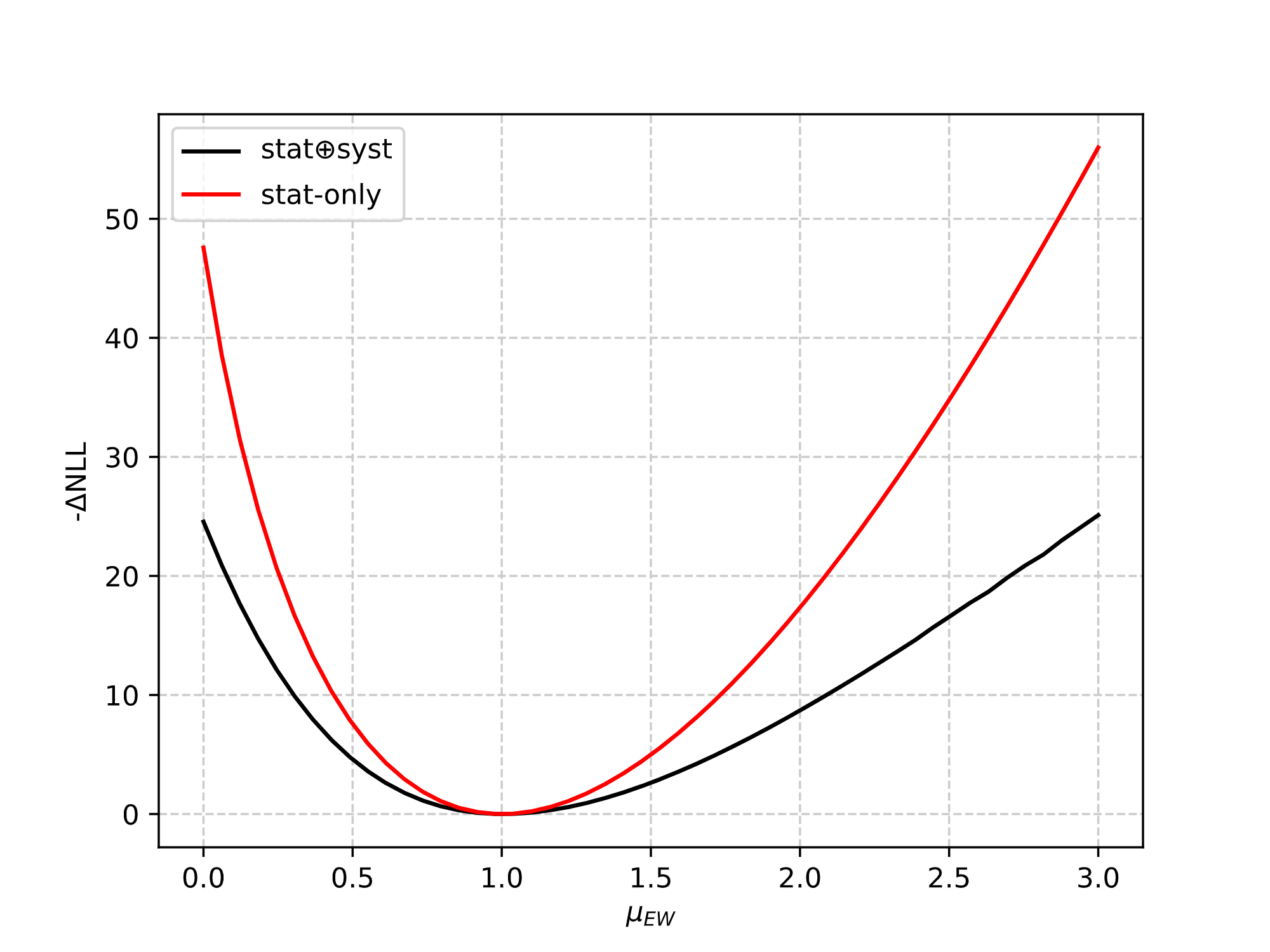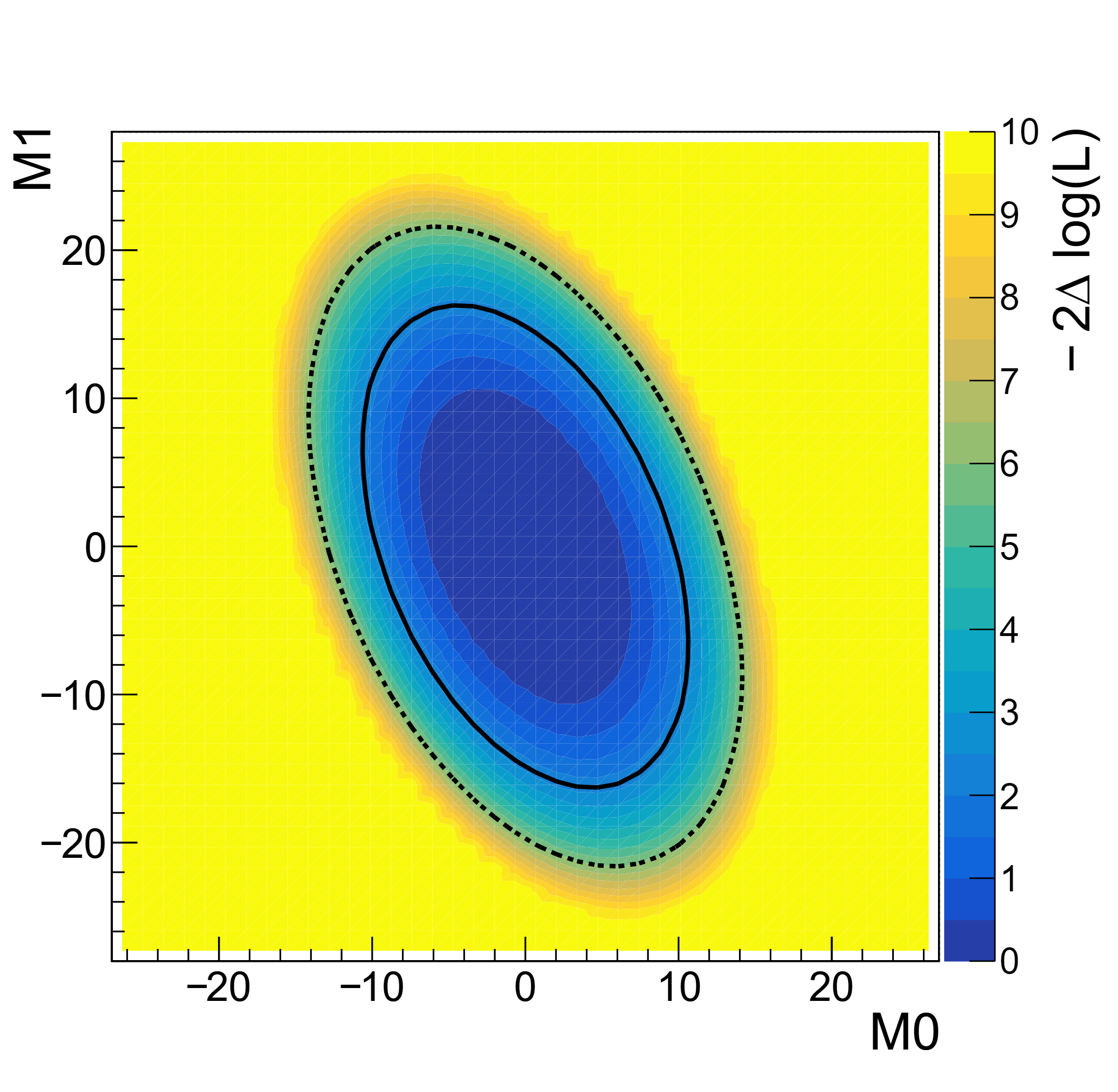My work
Project: Journal Hub
Tech Stack
- Backend: Flask, PostgreSQL, ChromaDB
- Frontend: TailwindCSS, DaisyUI, jQuery, MathJax
- Deployment: AWS, Docker, Cloudflare, nginx
Summary
Journal Hub is a prototype online literature discussion platform, focused on publicly and privately curated collections of research publications.
As a platform, the vision of Journal Hub is to be an open space for discussing scientific research, and be a tool for research groups to collaborate on their own scientific scopes.
⚙️ Alpha development
Journal Hub is in its alpha development stage, however its core features have already been implemented. Along with a few close-circle volunteers, we are currently rolling out environments for interested groups, and we welcome all your feedback and ideas!
Research
Applying multivariate methods in Experimental Particle Physics Analysis
Libraries
- numpy, pandas, scikit-learn, scipy
- py-\(\mathtt{ROOT}\)
- Keras
Summary
During my doctorate research, I worked as an author of the ATLAS experiment under an analysis group focusing on a special category of particle interactions associated with di-boson (specifically $W^{\pm}Z$) production and scattering. The culmination of my thesis was to work with LHC data from the period between 2015 and 2018 to validate the observation of a purely electroweak signal and set experimental limits for New Physics, based on an extension of terms of the Standard Model Lagrangian of Particle Physics.

The statistical analysis compared single and multi-variate methods (traditionally Boosted Decision Trees) to an application of Neural Network trained utilizing a selection of topological features discriminating the various exepected theoretical signal signatures from the Standard Model background, with the resulting limits on novel interaction being far more constrained in the latter case. Limits on the New Physics (EFT) model parameters were extracted using the profile-likelihood ratio test statistic at a 68% and 95% C.L., being close to $0$ as no significant deviations in terms of previously unobserved interactions have been found.


You may find a full presentation of my thesis here!

